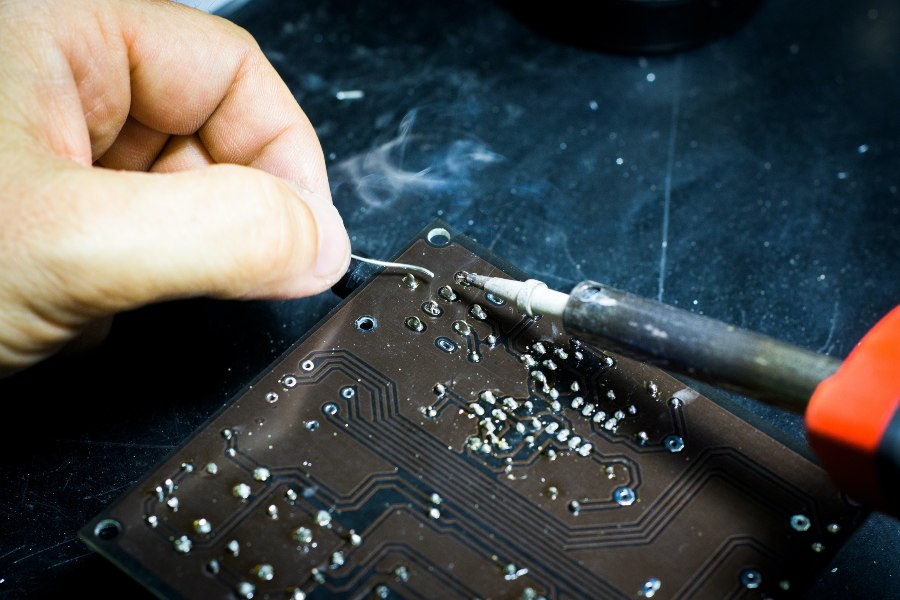As per an article by Indian Express, India’s manufacturing purchasing managers’ index (PMI) increased to 55.3 in October compared to 55.1 in September. Further, a 2022 industry report analyzing the potential of India’s economy, estimates that the Indian manufacturing industry’s GDP share will rise to 21% by 2031.
This data suggests several positive implications, perhaps most importantly: (1) the rapid development of India’s manufacturing sector, and (2) the enthusiasm of manufacturers in India to accommodate business amid global demand across several industries.
Expanding Via Electronics Manufacturing
Of the industries that will help bolster the development of India’s manufacturing industry, the electronics sector potentially brings forth the most value. Like many other industries that are looking to rebound from the adverse effects of the pandemic, the electronics sector in India is keen on revitalizing business as it struggled amid global issues, such as chip shortages and supply chain difficulties.
Now, as India attempts to navigate endemicity, the government is leveraging electronics manufacturing as it can help facilitate economic prosperity. The success of electronics manufacturing in India will likely depend on three main factors:
- Strong Ecosystem: India has an abundance of manpower available and a relatively low cost of labor, which translates to affordable production. Additionally, the workforce can provide expertise in several areas relevant to electronics manufacturing, like engineering, research, and development (ER&D). These advantages make India an attractive option for tech companies and manufacturers.
- Acting as an Alternative: Many businesses in the global electronics industry are actively exploring alternative manufacturing channels to diversify operations. Given India’s position in Asia and its strong economy, the country is quickly becoming a feasible option for electronics manufacturing.
- Government Support: Since 2019, India has launched several government initiatives to bolster electronics manufacturing within the country. Many of these policies involve offering both local and international players favorable tax incentives in several areas of electronics manufacturing, like hardware, large-scale electronics, semiconductors, etc.
The Future of Manufacturing in India
While India hopes to accelerate manufacturing within the country, it will first need to address potential issues that will deter further development. To attract the attention of major players who will bring business to the manufacturing sector, India will need to invest in aspects like automation, upskilling, and supply chain.
In the YCP Solidiance white paper “Road to Recovery: Post-Pandemic Business Outlook in Southeast Asia,” manufacturing solutions centered on Industry 4.0 present a potential answer to India’s difficulties. Specifically, manufacturers aiming to become competitive should invest in smart technology that enables industry-wide automation, such as robotics, artificial intelligence, or cloud-based applications to name a few. Doing so will help workers prepare for the future of manufacturing, but more importantly, it will help manufacturers create a resilient ecosystem that also provides a competitive advantage in a post-pandemic world.
Although incorporating such technology into manufacturing will require intensive preparation, India is currently positioned to welcome new market entrants who will help put industry development on the fast track. Thus, tech companies and Industry 4.0 specialists should proactively explore investment opportunities in India’s manufacturing sector as many will likely be open to potential partnerships.
If the involved parties continue to leverage relevant industries like electronics, invest in the development of the manufacturing ecosystem, and seek out potential partnerships with foreign and domestic parties alike, the outlook of India’s manufacturing industry will remain bright. All things considered; India is in a unique position to accelerate manufacturing growth and interested parties should expect an influx of activity in the long and short term.
To get insight into other relevant business trends currently emerging across Asia, subscribe to our newsletter here and check out these reports:






